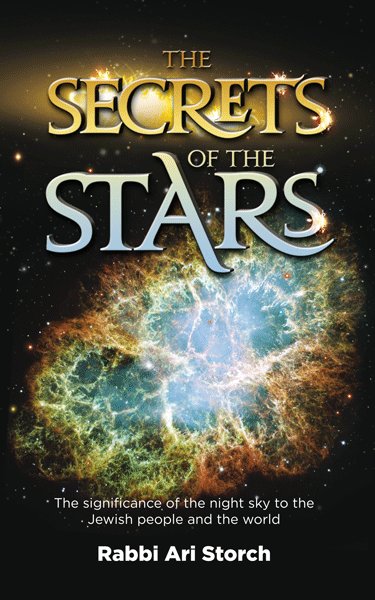Parshas VaYikra primarily discusses many of the sacrifices that were brought in the Beis Hamikdash. (Shameless plug - I would encourage all to see Maseches Zevachim for detailed information about the sacrifices and ESPECIALLY to see my commentary on Zevachim in my sefer Tiferes Aryeh on Zevachim) One of the sacrifices is referred to as a Korbon Shelamim. The Korbon Shelamim is unique in that a portion is eaten by the owner of the sacrifice and the edible portions can be eaten for two days and the night in between. Most other korbonos are only eaten by the kohanim and only for a day and a night. The exceptions are the Korbon Olah of which nothing is eaten, and the Korbon Pesach which is not able to be eaten on the first day and only on the night afterwards. (See Zevachim chapter 5 for more details and also regarding the permissibility to eat non-Shelamim korbonos after midnight)
In his Toras HaOlah, the Rema informs us of much of the meaning behind the nuances of the Korbon Shelamim. The Rema maintains that this korbon demonstrates perfection and should therefore only be brought by very holy people. The name Shelamim means perfected and the reason the owner is allowed a piece of the animal to eat is because he is effectively stating that he is a perfected person and therefore capable of making a pact with Hashem by sharing a korbon. This, says the Rema, is why the only time we find a communal Shelamim is on Shavuos. Throughout the year we do not view the community in its entirety as being perfected since there are many sinners within our midst. However, Shavuos commemorates the time when we stood at Sinai like perfected angels and made a pact with Hashem to keep His Torah.
Rav Yaakov Kaminetsky zt"l suggests that prior to Matan Torah the day was considered to have started at daybreak and night followed the day. At Sinai when we accepted the Torah Hashem reversed the order and since then we begin our day with nightfall. (Also see Rashbam Bereishis and Seder Zemanim of Rav Y.I. Chaver zt"l) Korbonos, in general, have the night following the day since the korbon is eaten through the night that follows the day of its offering. This, says Rav Kaminetsky, reflects the idea that korbonos are a basic function of human existence and they preceded Matan Torah. They reflect a pre-Matan Torah concept and, therefore, they follow the order of the world of day prior to night as it was during Creation. (Emes LeYaakov Shemos 12:10)
The Shelamim shows the progression of man as he starts in the pre-Matan Torah world and elevates himself to the level of the world after the Torah was given. The korbon starts with day preceding night as it is offered in the daytime and able to be eaten then and through the night that follows. However, the Torah then allows the individual the following day, until sunset, to continue eating the korbon. Perhaps, since we are talking about a perfected person, he now is able to display night preceding day and he therefore continues into the next day and has his korbon end at the end of the new style day, at sunset. He displays a world of Torah and mitzvos and therefore his day ends at nightfall.
This can also shed some light as to why there is an opinion in the Gemara that states that only members of Klal Yisrael can bring a Shelamim.
Subscribe to:
Post Comments (Atom)


No comments:
Post a Comment